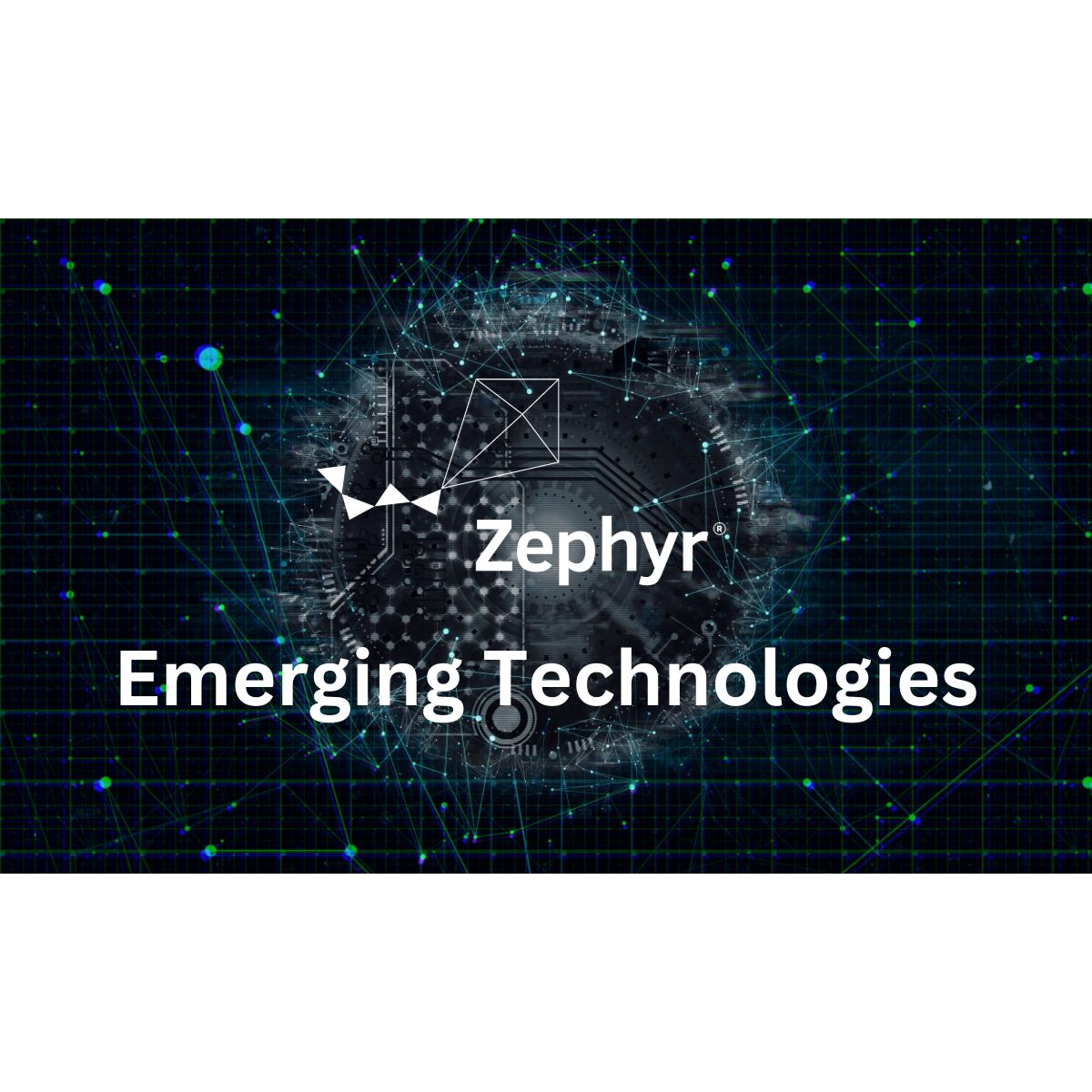
The Zephyr Developer Summit, hosted under the first-ever Embedded Open Source Summit in Prague, Czech Republic, on June 27-30 included presentations, BoFs, and training designed for real time problem solving and deep discussions. More than 1,300 people registered for the EOSS conference – representing 375 organizations across 56 countries around the globe. Zephyr had 75+ technical sessions (in-person and on-demand) for 3 tracks focused on users of Zephyr, developers contributing upstream, and maintainer-specific topics.
All of the videos from the Zephyr Developer Summit can be found on the Zephyr Youtube Channel. Each week, we’ll highlight a few videos in a blog for easy access. Today, we’re featuring a few sessions that showcase Zephyr RTOS with emerging technologies including, “Porting an AI Powered Wearable Health Monitor to Zephyr on Open Hardware,” “ ZVM: Zephyr-based Virtual Machine,” “Greybus for Robotics with Zephyr RTOS,” “Open Source Ultra-Wideband RTLS with Zephyr,” and Enabling Sound Open Firmware on Arm® Cortex®-a Based Devices Using Zephyr RTOS.”
Porting an AI Powered Wearable Health Monitor to Zephyr on Open Hardware – Szymon Duchniewicz, Open Technology Engineer at Avanade & Jakub Duchniewicz,Team Leader and Senior Embedded/Software Engineer at Tietoevry
To RTOS or not to RTOS? Szymon and Jakub will introduce obstacles they faced and decisions behind moving a closed-source single-threaded wearable health monitor to an RTOS, open-hardware based system with an AI model deployed on a Field-Programmable Gate Array (FPGA). They will share tips on how to get started with Zephyr development, when and why to build a system using an RTOS. They will also share best practices and experiences on deploying a Machine Learning model to an embedded FPGA and interacting with it from Zephyr OS. The project dissected in this talk uses QuickLogic’s and Antmicro’s QuickFeather board, powered by Open Hardware EOS S3 System on Chip. The Machine Learning Model is deployed using TensorFlow Lite and then integrated using an open source FPGA toolchain. Device collects data from an SPO2 sensor that is parsed by Zephyr at runtime and finally passed to the model deployed on the FPGA for inference. The results are then returned to the Zephyr RTOS and displayed on a small OLED screen. The model is trained using open source data pertaining to blood pressure estimation based on SPO2 levels and is tailored specifically for deployment in embedded scenarios.
[embedyt] https://www.youtube.com/watch?v=fBMeNOOghD4[/embedyt]
ZVM: Zephyr-based Virtual Machine – Guoqi Xie, Professor at Hunan University
Greybus for Robotics with Zephyr RTOS – Vaishnav Achath, Software Engineer at Texas Instruments Inc.
Open Source Ultra-Wideband RTLS with Zephyr – Aleksander Wójtowicz, Software Engineer, AVSystem
Ultra-wideband radio technology, due to its unique physical characteristics, has enabled numerous use cases for systems which require precise distance measurement between some devices. One of these cases is a Real Time Positioning System (RTLS), whose task is to precisely track 3D positions of some objects with a tracker attached. In this presentation, Aleksander presents a open source RTLS solution based on Zephyr RTOS and Decawave’s (now Qorvo) MDEK1001 Ultra-wideband devkit. The presentation begins with the generic introduction into RTLS, followed by the description of the designed system. In the second part, Aleksander shares his experience on using Zephyr as a beginner and its unique features that have enabled him to rapidly implement the software for embedded devices. Finally, he’ll speak about work that needs to be done to transform the solution into a generic Zephyr module, and how Zephyr facilitates the process of making code portable to numerous hardware platforms.
[embedyt] https://www.youtube.com/watch?v=wH8xA537b-g[/embedyt]
Enabling Sound Open Firmware on Arm® Cortex®-a Based Devices Using Zephyr RTOS – Daniel Baluta, Software Engineer at NXP
Sound Open Firmware is an open source audio DSP firmware that provides firmware source code, tools, and debug capabilities to enable developers to add more value and customization to their projects. While initially developed on the Cadence® Tensilica® HiFi 4 DSP, the firmware has a modular and generic codebase that can be ported to different architectures. This presentation will focus on how to move this code to newer Cortex-A devices that don’t incorporate a separate DSP. The task starts with using Jailhouse hypervisor to reserve the Arm Cortex-A core to run the Sound Open Firmware as an application inside Zephyr RTOS. This presentation will detail the general solution involving running Linux OS and Zephyr RTOS on separate ARM® Cortex- A cores with the help of Jailhouse hypervisor. The presentation will focus on the process of enabling Zephyr on a Cortex-A55 core, and then integrating Sound Open Firmware applications.
[embedyt] https://www.youtube.com/watch?v=pgGuxAhUHTE[/embedyt]
For more information about the 2024 event, stay tuned by subscribing to the Zephyr quarterly newsletter or connect with us on @ZephyrIoT, Zephyr Project LinkedIn or the Zephyr Discord Channel to talk with community and TSC members.